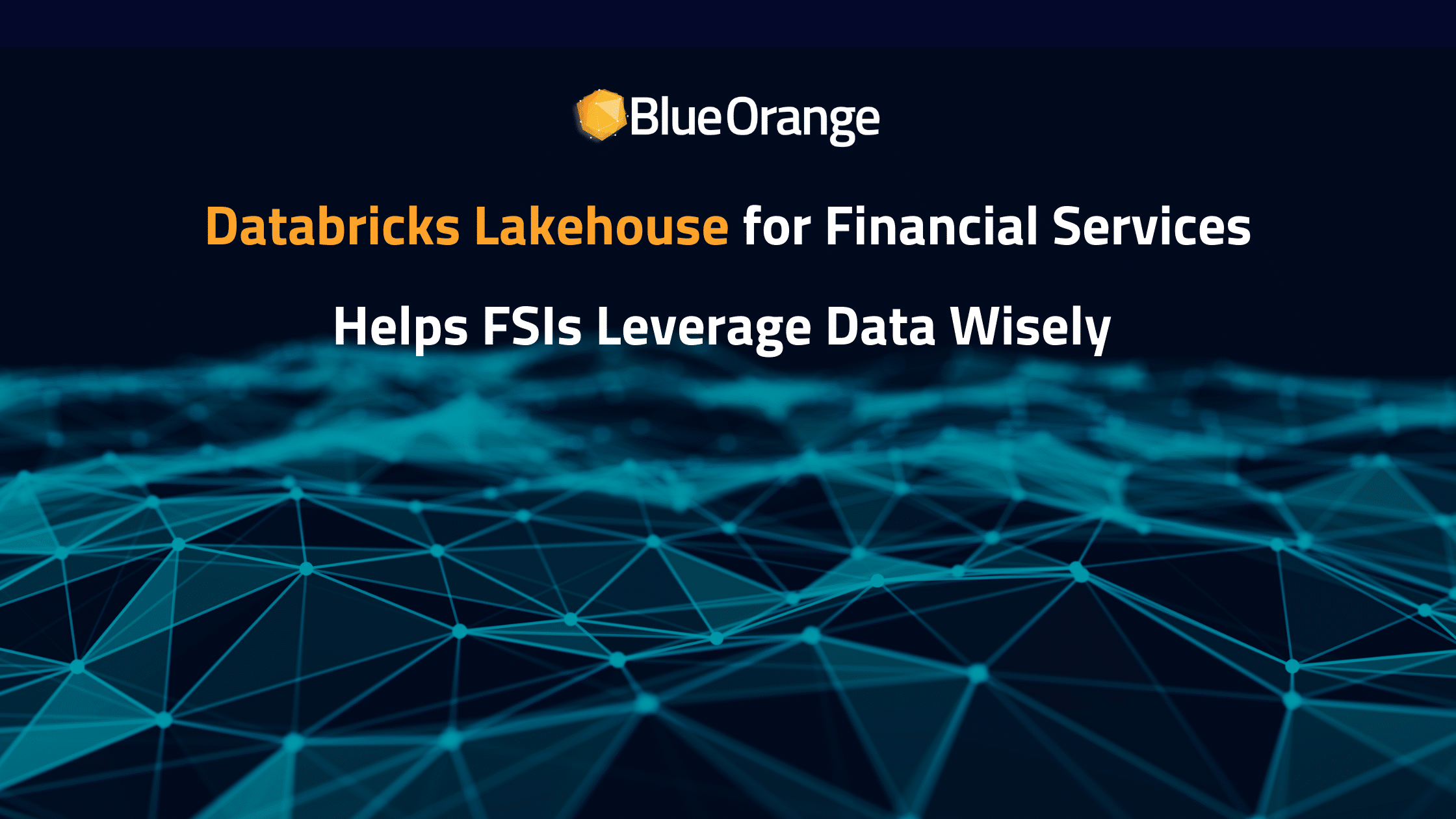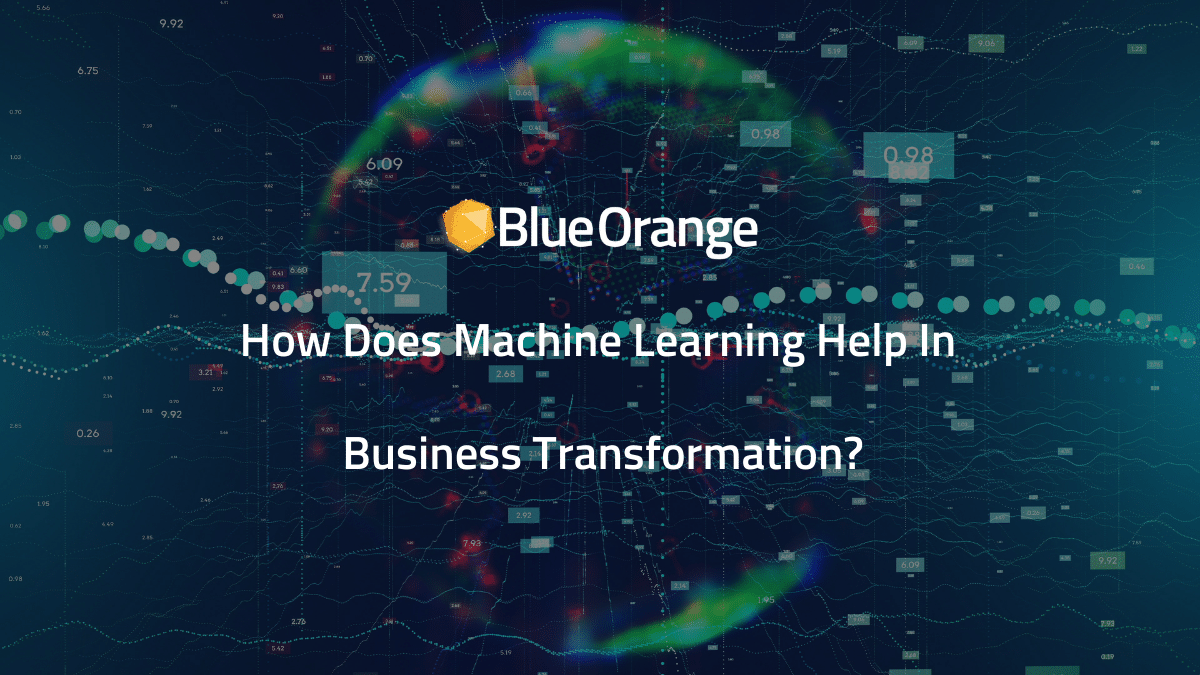Intro: Machine learning in the solar energy industry
The high availability of data in the energy sector makes it a great environment for machine learning and data science solutions. Power grids, energy networks, consumers, smart homes, and appliances are only a few examples of rich data sources. They enable energy providers to better understand their role in the energy ecosystem and to optimize their operational performance.
Moreover, specific sectors are seeing a spike in innovative solutions made possible by the increased data availability. In solar energy, disruptive business models and custom applications are at the forefront of innovation. They make use of Machine Learning and analytics for tackling some of the most pressing challenges of renewable energy.
Below are 5 directions in which Machine Learning is being leveraged to lead progress in the solar energy sector.
1. Smart infrastructure design of solar energy systems
The planning and assessment of solar energy systems need to account for a variety of factors: weather conditions, optimal sizing, and correct geographical placement. These factors influence how solar grid systems will be performing for their entire lifespan. Understanding the intricate interactions among these factors is mandatory in order to implement productive and well-behaving solar systems.
A variety of data sources can be integrated into this decision process: historical weather data, power production data collected from other energy grids, and even simulated load demand data. Such data sources make it possible to integrate advanced ML applications when designing the infrastructure of solar energy grid systems.
ML has already been successfully used to tackle some infrastructure design decisions: from improving solar energy storage to identifying the optimal layout of solar panels. In their comprehensive infographic, IBM shows how they have leveraged historical satellite data and real-time weather for increasing generated power. That is, without requiring additional panels or turbines. This illustrates how decisions based on machine learning can lead to cost optimization at the very initial stages of infrastructure design.
2. Intelligent maintenance of solar energy plants
The maintenance of solar energy plants is particularly challenging given the properties of renewable energy sources: they are fluctuating and are highly influenced by weather conditions. ML solutions enable energy providers to be proactive and to keep a close eye on the performance and availability of their solar energy plants.
Since energy grids are nowadays empowered with advanced sensors, vast amounts of data are collected 24/7. This is a way to give expensive machines and equipment a way to communicate their current performance status. Combined with weather data, this allows innovative ML applications to solve the most complex maintenance tasks.
ML applications for solar plant maintenance include but are not limited to: anomaly detection, failure prediction, and automated monitoring. By looking at historical and real-time system data, these algorithms can offer insights about the future health parameters of the grid. When having access to such predictive intelligence, grid operators can improve the safety and reliability of their solar plants.
3. Solar energy production forecasting
The last decade of research and development in the renewable energy sector has reached a conclusion that impacts both the design and maintenance of energy grid systems. In order to better maintain and design such expensive physical infrastructure, custom software solutions are needed. Such is the capability of forecasting energy production according to both internal and external data sources.
Historical satellite data, environment data, and real-time weather can all be integrated and analyzed by predictive algorithms, in order to inform hardware maintenance decisions. Such is the example of Deep Thunder, IBM’s solution for the hyper-local understanding of weather patterns.
“For example, to help a utility company prepare for the after-effects of a major storm, the team could mine and model historical data of what kind of damage was caused to power lines or telephone poles, and why. By coupling that with a hyper-local forecast, IBM could help a company plan for how many repair crews would be needed, and where.”
This example is not isolated and clearly shows how investing in software and custom machine learning and analytics services can have an impact on the performance and maintenance of expensive hardware (such as solar plants or power networks). By leveraging forecasted energy production information, grid operators can cut down on operational costs and make informed decisions, based on real-time performance data.
4. Optimized transmission & distribution networks
The oldest challenge of the energy sector revolves around the maintenance of transmission and distribution networks. With the increasing availability of renewable energy sources, the task becomes increasingly complex: the fluctuations of solar and wind-generated energy bring another layer of complexity to this problem. Integrating them into traditional grids constitutes the modern challenge of the energy sector.
Forecasted production data (covered above), the integration of consumption data, and the proactive monitoring of energy grid systems make it possible to gain fine-grained control over the energy networks.
ML algorithms integrate consumption patterns and can power applications dealing with the health of distribution networks. They power preventive maintenance solutions and also make it possible to identify anomalous behavior (such as theft). Such capabilities allow energy suppliers to maximize the usage of renewable energy and to act on quality and congestion issues before they happen.
5. Understanding the solar energy market
Keeping up with consumption fluctuations and balancing supply and demand is one of the top priorities of established energy providers. At the same time, new business models and services arise from the innovative use of technologies and data. More and more energy startups are joining this competitive market. Keeping up with the innovations and demands of this emerging ecosystem requires access to data and modern learning capabilities.
Once more, a variety of data sources constitute a huge opportunity for all players on the energy market. Price fluctuations, consumption patterns, historical prices, and production metrics can all be integrated into unified data structures. Both internal and external data sources can be merged and fed to the data-hungry algorithms, which can handle such heterogeneous data sources out of the box.
The traditional use of ML algorithms is focused on forecasting market-clearing prices. However, innovative solutions for solar energy generators integrate market data into daily operational and maintenance decisions: technical parameters, demand fluctuations, and grid performance can all be balanced by means of machine learning and real-time data analytics. Such capabilities offer huge untapped potential for both established companies, as well as for startups and energy traders.
What’s next is solar?
The increased availability of energy data enables advanced ML and analytics services to lead innovation in the solar energy sector. From the design of smart solar grids to automated maintenance and even production forecasting, the renewable sector seems to be gaining intelligent superpowers. Delivery networks are becoming increasingly reliable, consumers’ energy needs are better understood and overall production costs are kept to a minimum.










